©Samyn and Partners


In Sint-Denijs-Westrem, we redeveloped the chapel of the Sint-Paulus primary school into an indoor playground for the 200 pupils.
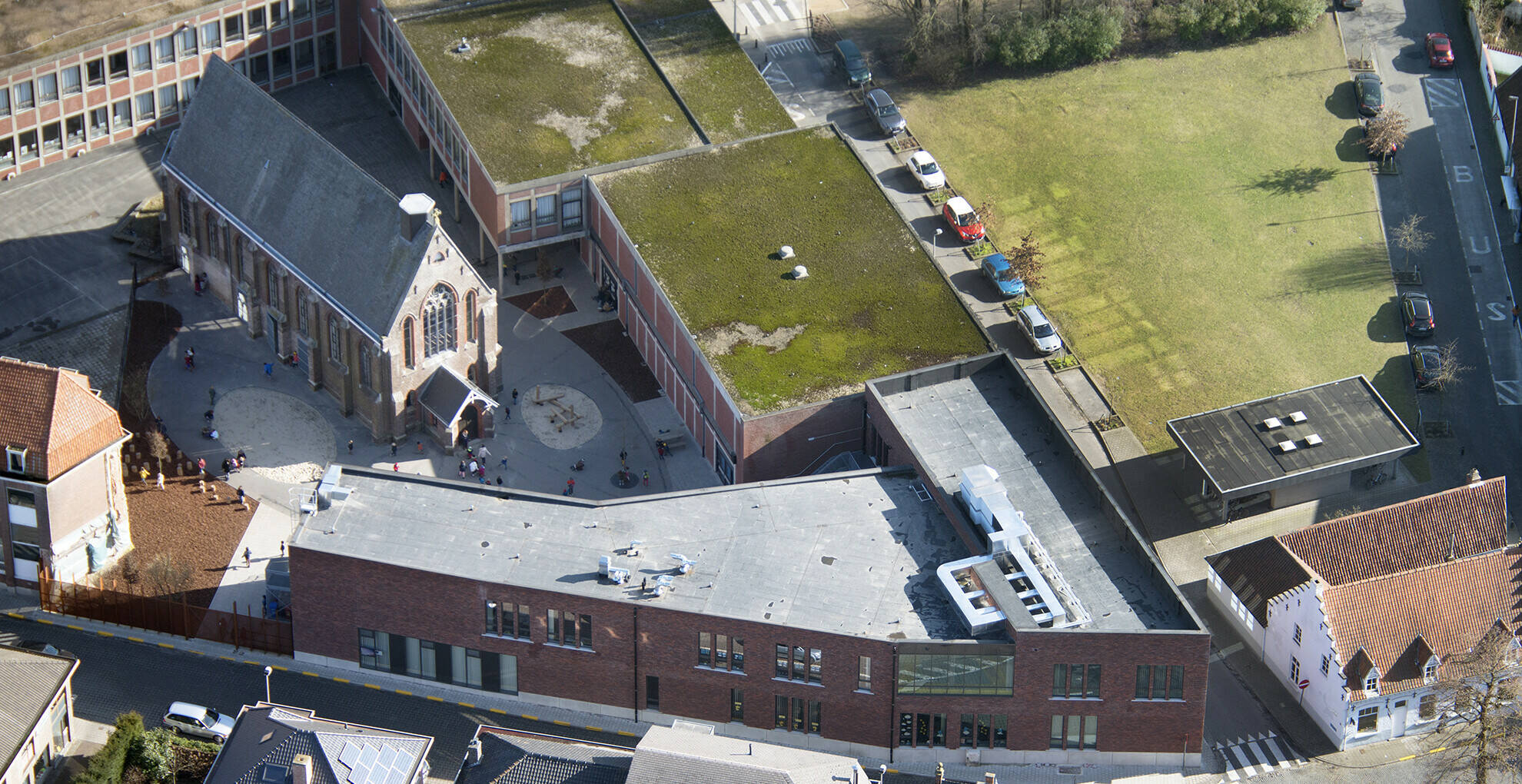
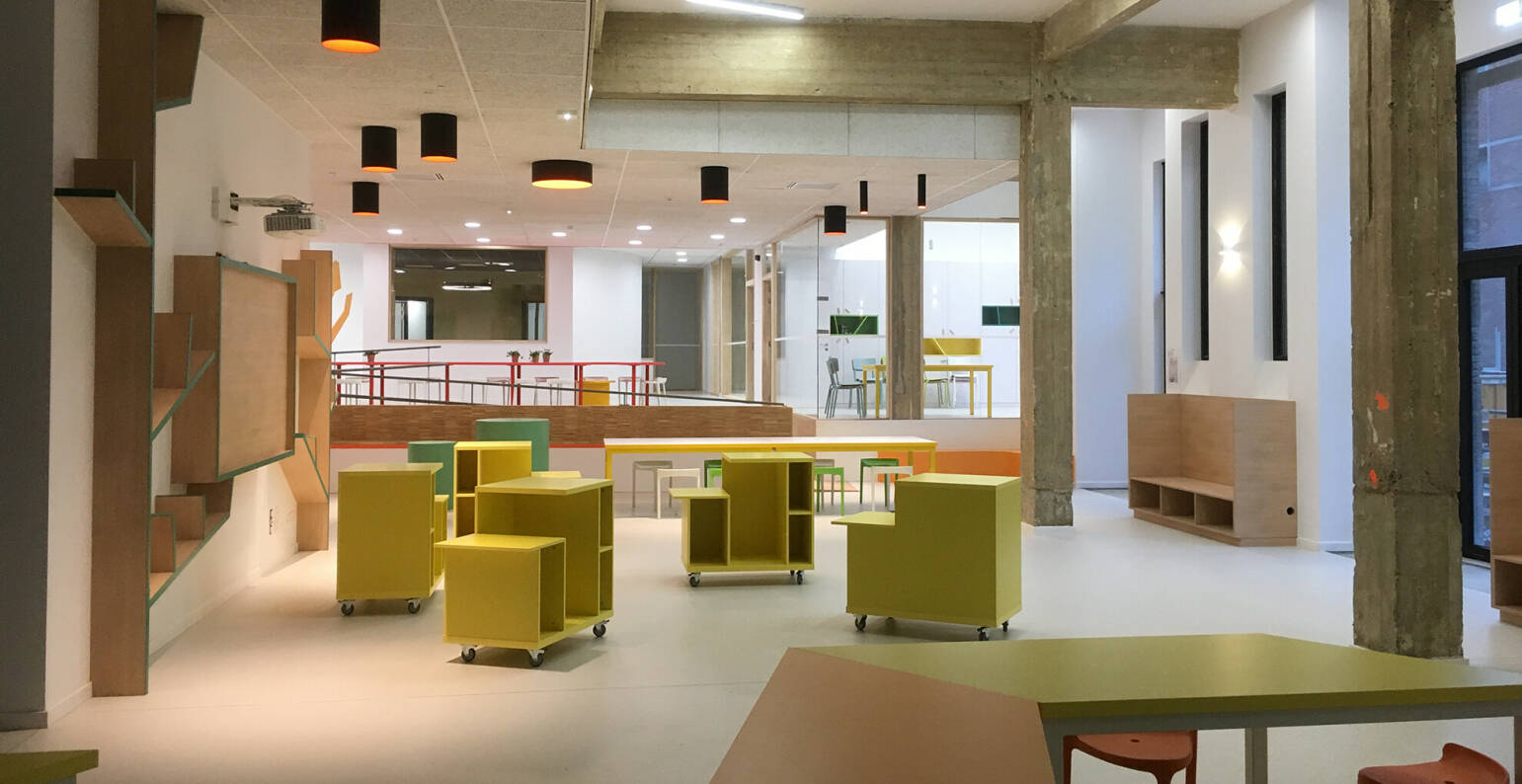
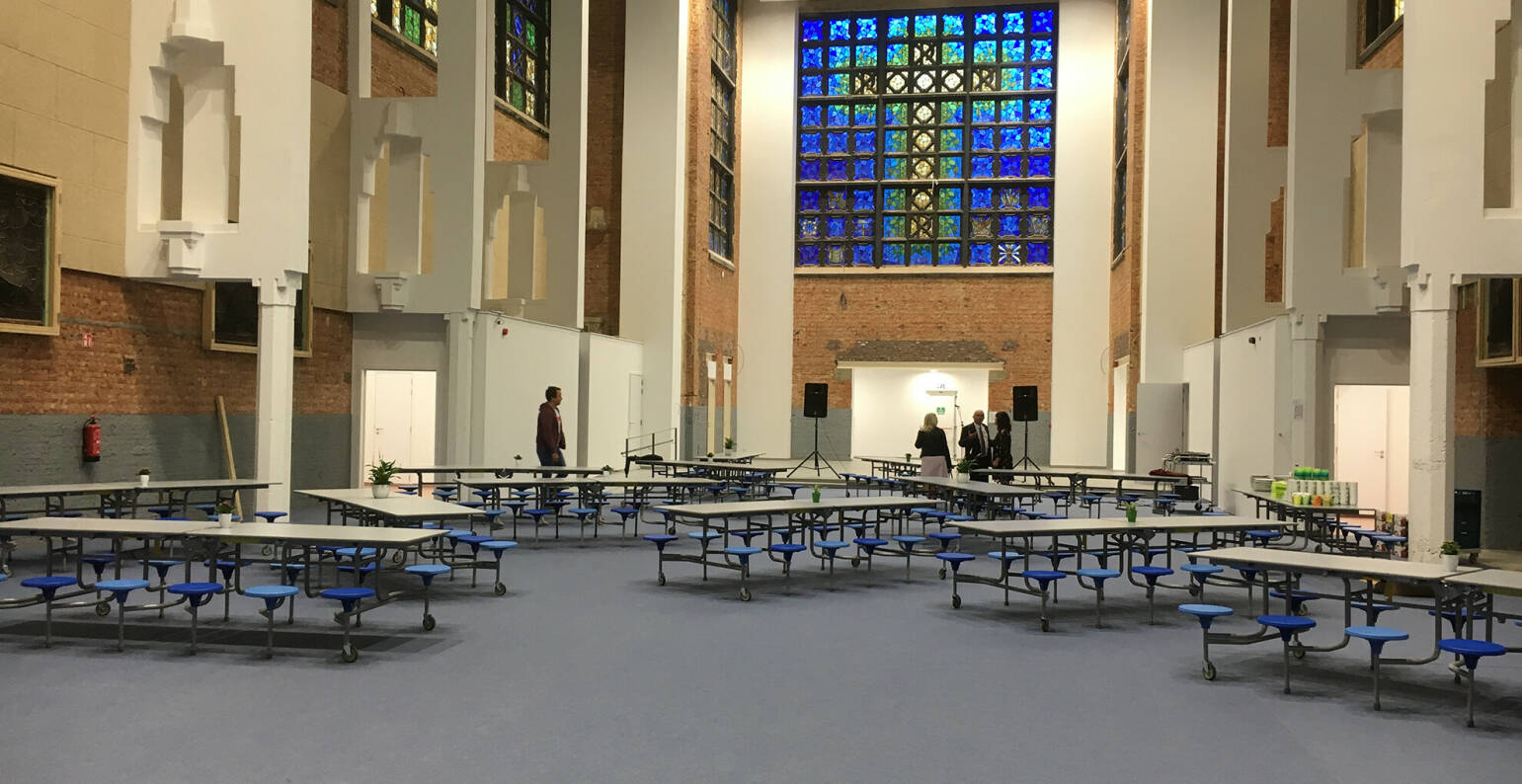
Shaping the future’s schools
A lack of investments after the 1970s, an ageing patrimony and a growing number of pupils. All of this resulted in an increasing waiting list for new school buildings and renovations. In recent years, however, a catch-up process has been taking place, to which Jan De Nul also contributed. And creating additional space in already densely built (school) environments sometimes calls for some ingenuity. For the very first teenager school Porta 1070 in Brussels, we transformed a former church into a school building, complete with a gymnasium, multipurpose room, classrooms, kitchen and bar. Together with the designers of OS-KAR Architecten, we made sure to preserve the historic character of the church, while giving it a new purpose. A successful project, awarded with the People’s Choice Award of the prestigious Brussels Architecture Prize 2021.
Constructing the Résidence Palace for the European Council
To prove that old and new can go perfectly together in buildings; we stay in Brussels, and more specifically at the Résidence Palace. We renovated this brilliant art-deco building from the interbellum and extended it with the construction of a new one. Today, it serves as an office and conference complex for the Council of Europe. One of the main construction goals? To preserve as many parts of the historic complex as possible. The result is a building in which art-deco components of 1927 blend perfectly with contemporary architecture. To take it even further, the exterior of the building's facade consists of a patchwork of recycled window frames from every EU state. A magnificent example of constructing, renovating and recycling at its best.
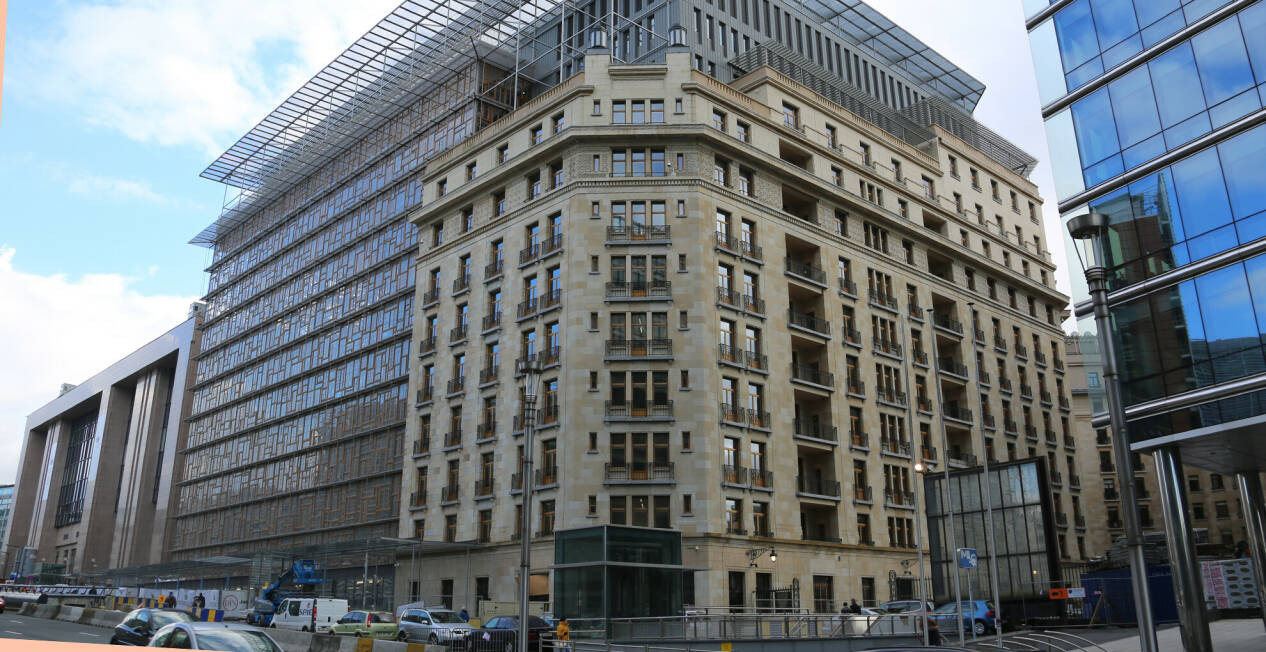
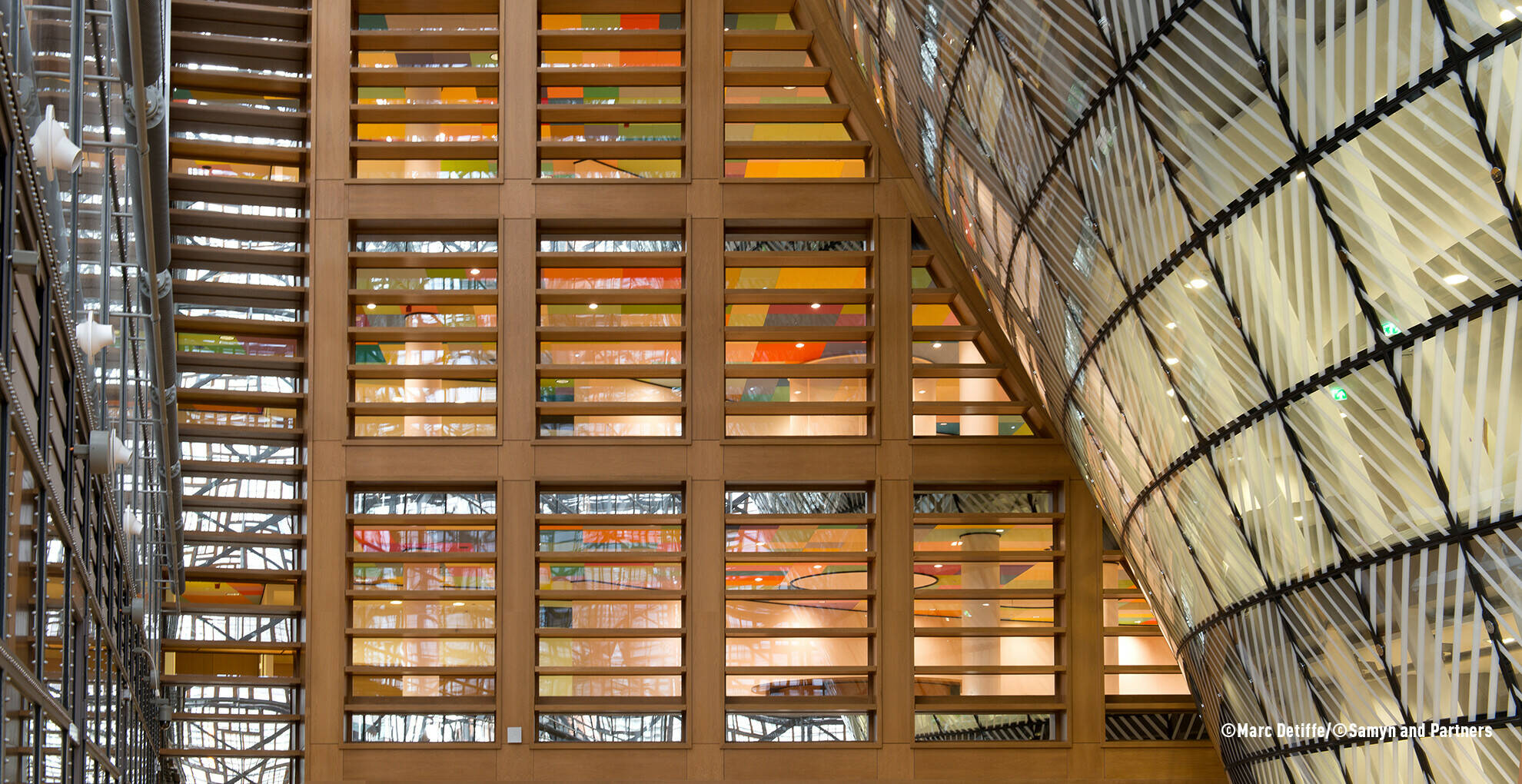
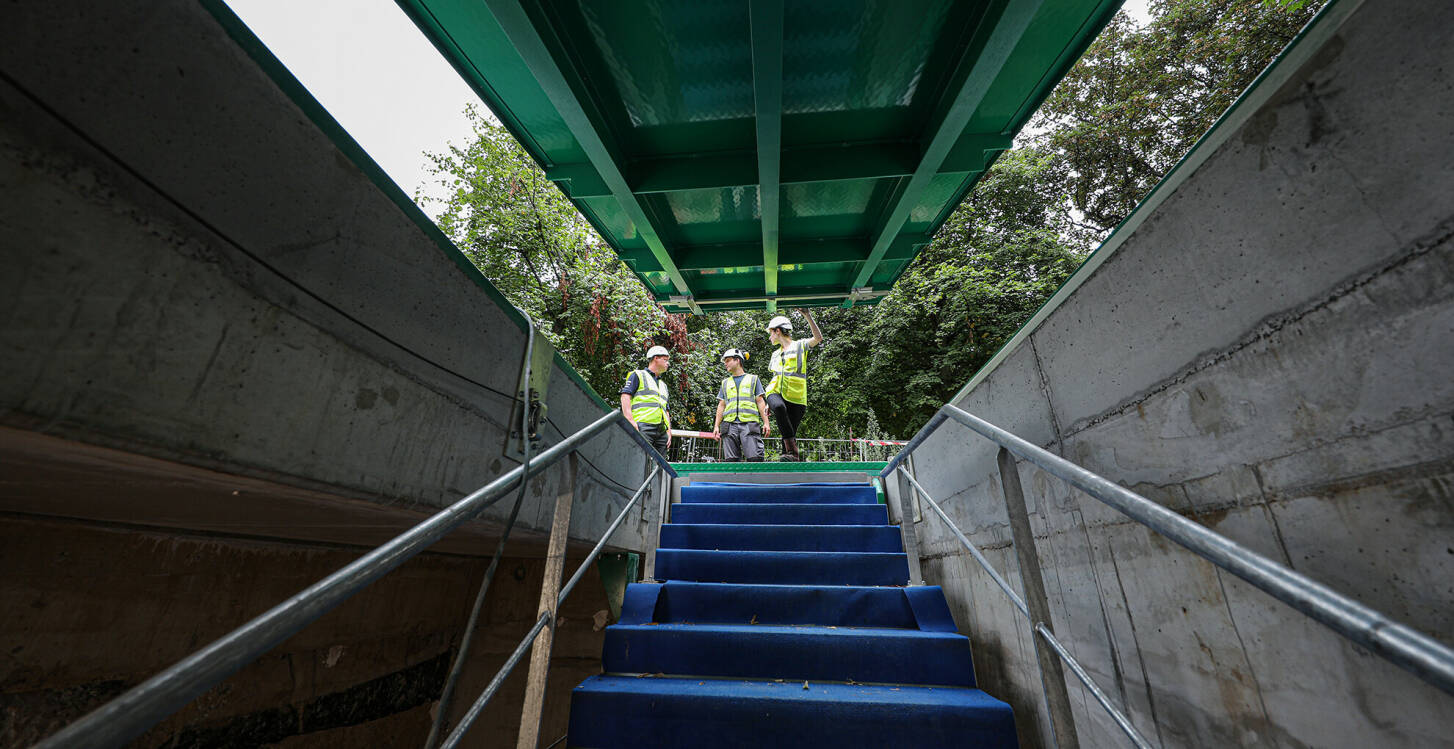

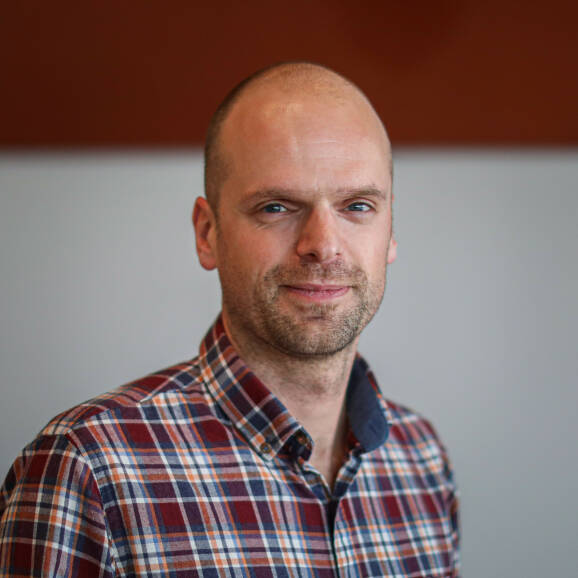
Dieter Van Boeckel,
Project Manager Civil Works
And this was not a first. In 2018 and 2019, we performed the exact same operation with the most seaward gate of the lock. The result? The Pierre Vandamme Lock renovated to as good as new and completely adapted to the 21st century. The lock dates back to 1984 and is a crucial access to the inner port of Zeebrugge, which is of great economic importance for Flanders. By renovating the lock and carrying out thorough maintenance works, the accessibility of the port remains once again assured for decades.
In December 2021, an impressive scene played out in the port of Zeebrugge. Our Heavy-Lift Vessel Rambiz replaced the enormous landward gate of the Pierre Vandamme Lock, with a weight of approximately 2,500 tons and with a surface area the quarter of a football field. Re-installed, because one and a half year earlier, we lifted this gate from the lock for a thorough renovation on land at the inner port. With our partners, we removed oysters and silt, replaced several machine parts and installed new technology, such as a compressor, airlift and six agitation screws. We made modifications and improvements to the steel structure, mechanical parts and electrical systems, and finally repainted the door and added anodes to protect it from corrosion.
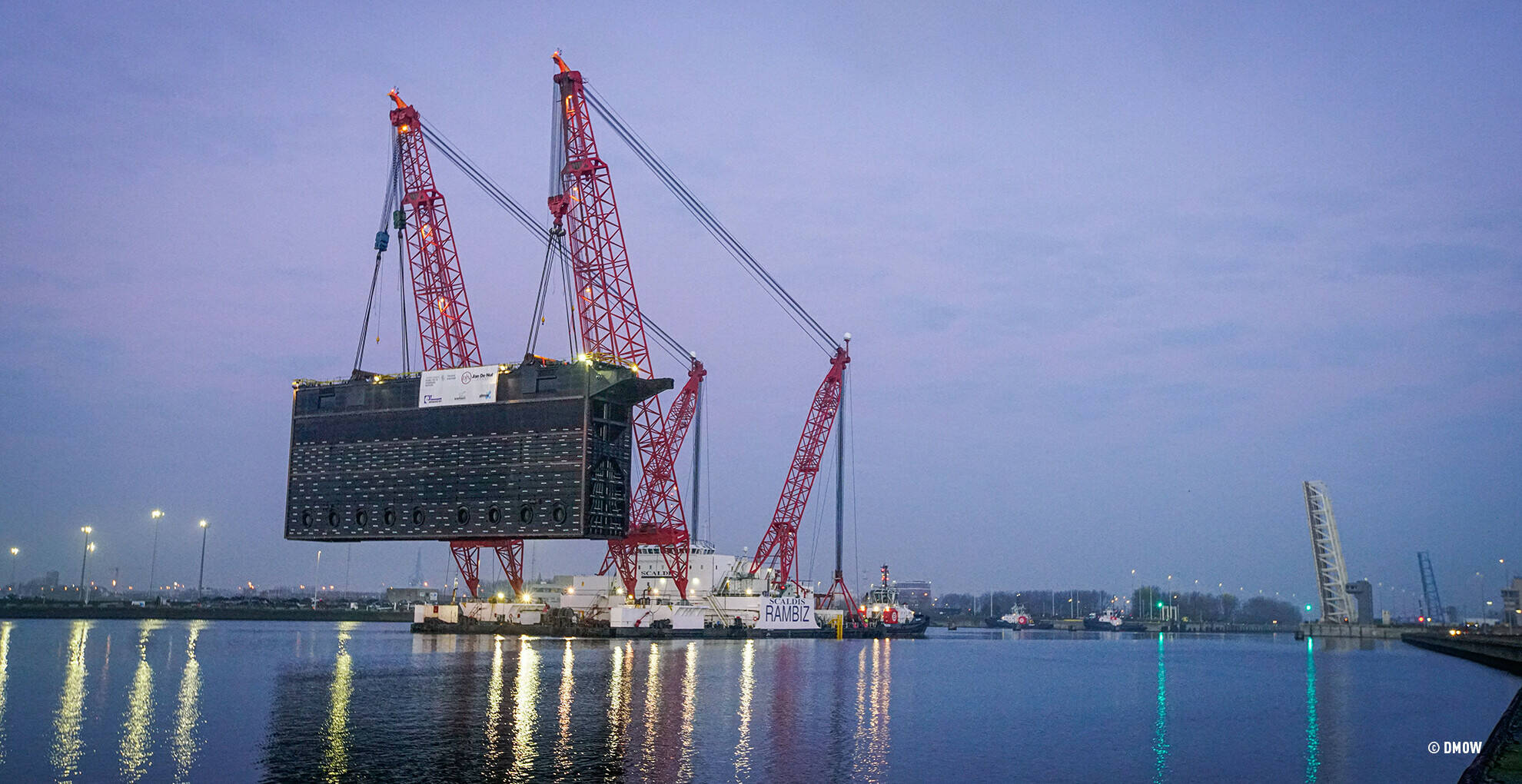
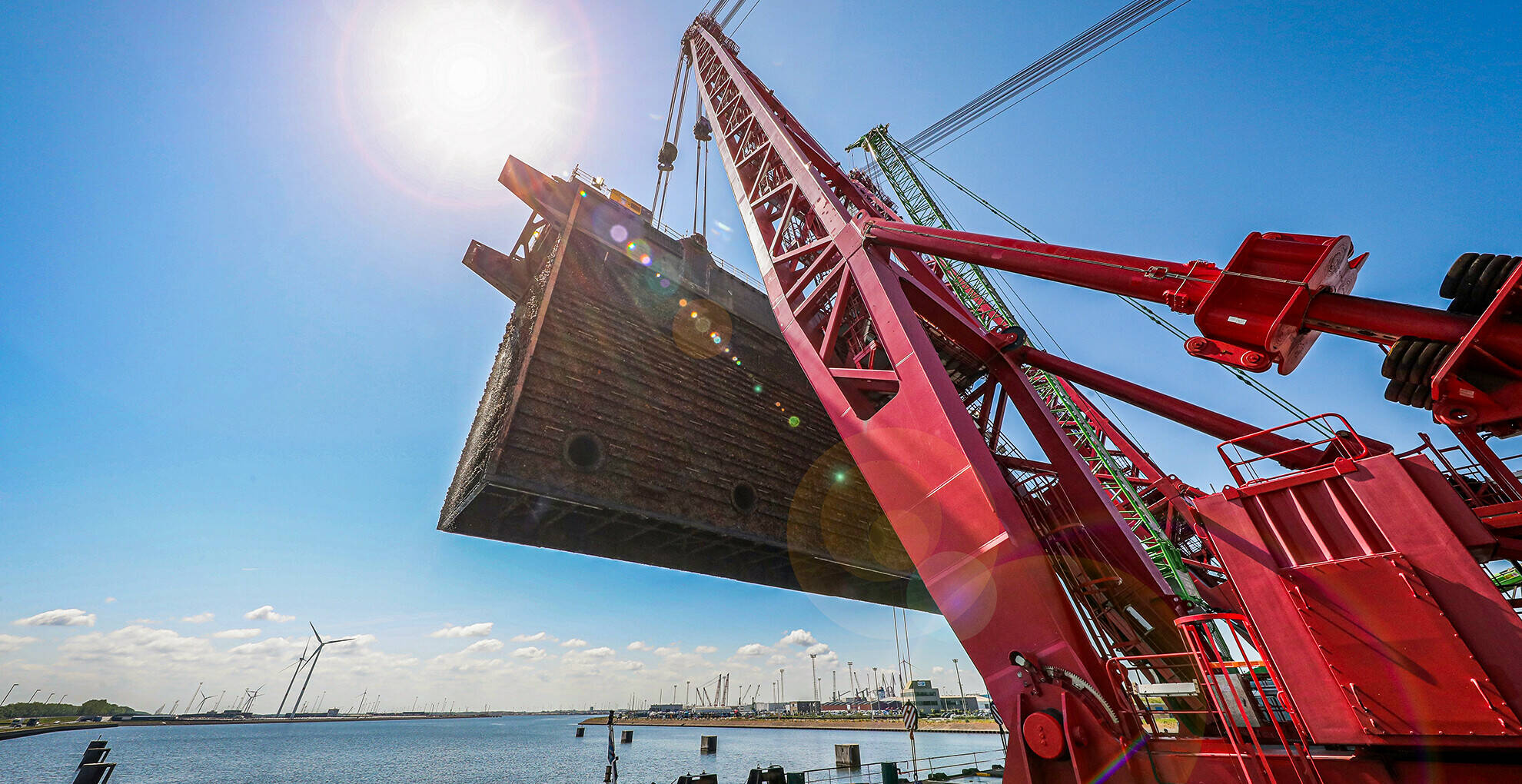
The renovation of the Annie Cordy Tunnel was a comprehensive project. While our partners mainly took care of the rehabilitation works, we made sure the tunnel met the latest safety and sustainability standards. With its replaced waterproofing, road deck and electromechanical installations, 17 brand new emergency exits and modern lighting and scenography, the tunnel we delivered at the beginning of 2022 emerged like a new one. But the work is not over yet. Together with our partners, we will be responsible for the maintenance of the tunnel for the next 25 years.
All other tunnels, for which we will mainly carry out concrete repairs, are on the planning for 2023. Depending on the state and nature of each construction, we will remove asbestos and lead-based paint, manually repair local concrete damage, fill cracks, remove slab lining, renew waterproofing and carry out environmental and road works on top of the tunnels. By using advanced technologies such as 3D scanners and 360° cameras during the works, we obtain a clear picture of the infrastructure, which will greatly facilitate renovation works in the coming decades. As for the works, there is no need to worry: they will hardly complicate your drive to Brussels. To cause as little traffic disruption as possible, our teams work only at night. For the city’s smooth mobility, we literally work around the clock.
Keeping the harbour of Zeebrugge accessible
Ensuring smooth mobility in Brussels
In Brussels, too, we carry out renovation works to ensure a continued smooth traffic flow. The city’s tunnels are its main traffic arteries and through some of them, as many as 600,000 cars pass each day. Most of these tunnels built between 1950 and 1980 are made of reinforced concrete. After years of exposure to traffic, pollution and road salt, several of them needed a thorough renovation around the 2020s. Concrete rot and chloride infiltration had caused the concrete surfaces of the underside of the roof plates to deteriorate. For the renovation of the Annie Cordy, Van Praet, Woluwe, Reyers-Centre, Kunstwet and Leonard tunnels, Jan De Nul was assigned responsibility.
A white page is synonymous with endless possibilities. The construction sector can certainly attest to that. They mean free rein to tailor completely a construction to what it should serve and how it should look. However, today’s energy challenges and climate crisis make this approach no longer justifiable. We should focus more on repurposing and revaluing existing infrastructure than on greenfield projects. This often implies a great deal of creativity, and that’s right up our alley.

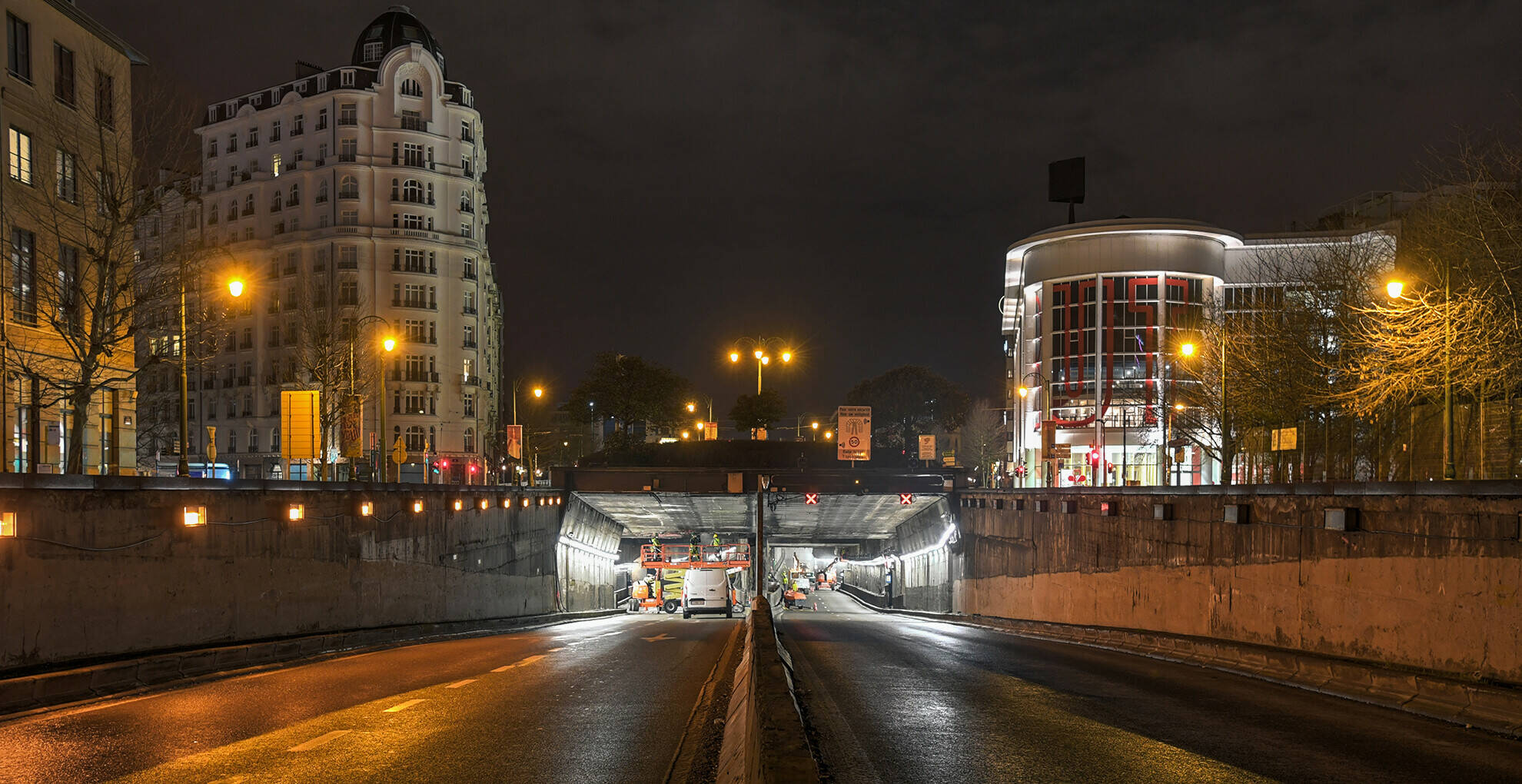
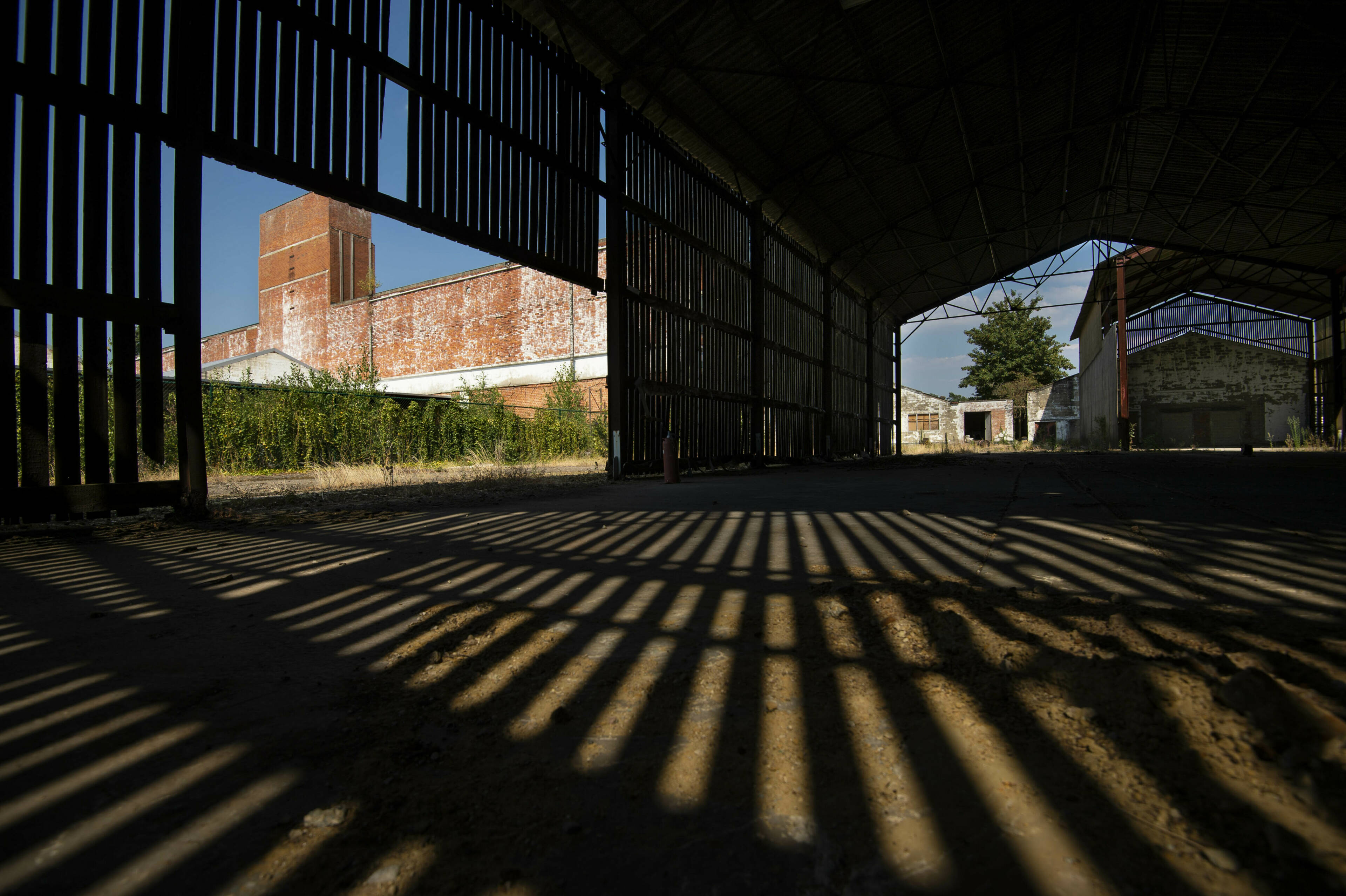
©Samyn and Partners


In Sint-Denijs-Westrem, we redeveloped the chapel of the Sint-Paulus primary school into an indoor playground for the 200 pupils.

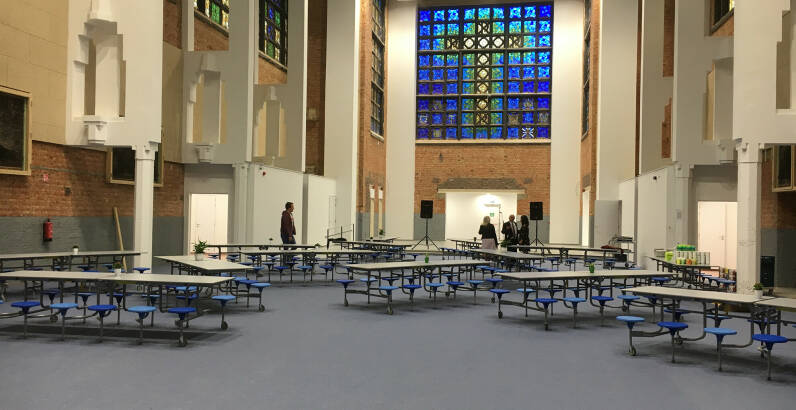
A lack of investments after the 1970s, an ageing patrimony and a growing number of pupils. All of this resulted in an increasing waiting list for new school buildings and renovations. In recent years, however, a catch-up process has been taking place, to which Jan De Nul also contributed. And creating additional space in already densely built (school) environments sometimes calls for some ingenuity. For the very first teenager school Porta 1070 in Brussels, we transformed a former church into a school building, complete with a gymnasium, multipurpose room, classrooms, kitchen and bar. Together with the designers of OS-KAR Architecten, we made sure to preserve the historic character of the church, while giving it a new purpose. A successful project, awarded with the People’s Choice Award of the prestigious Brussels Architecture Prize 2021.
Shaping the future’s schools
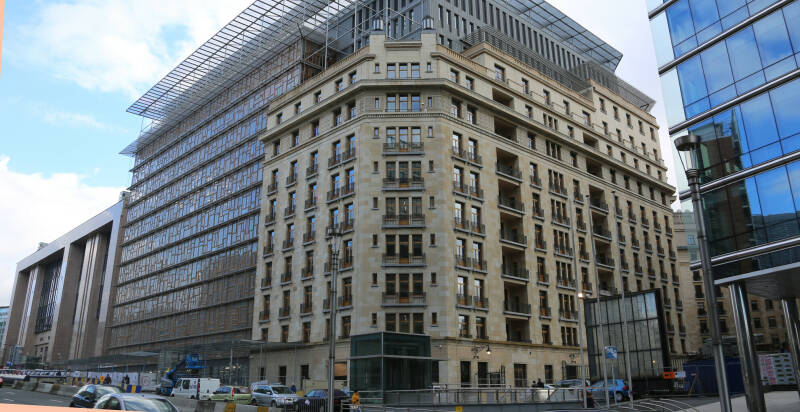
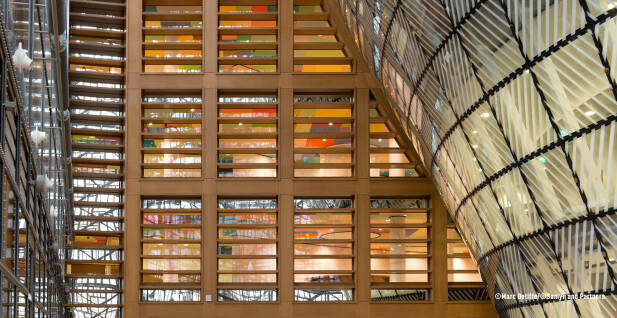
To prove that old and new can go perfectly together in buildings; we stay in Brussels, and more specifically at the Résidence Palace. We renovated this brilliant art-deco building from the interbellum and extended it with the construction of a new one. Today, it serves as an office and conference complex for the Council of Europe. One of the main construction goals? To preserve as many parts of the historic complex as possible. The result is a building in which art-deco components of 1927 blend perfectly with contemporary architecture. To take it even further, the exterior of the building's facade consists of a patchwork of recycled window frames from every EU state. A magnificent example of constructing, renovating and recycling at its best.
Constructing the Résidence Palace for the European Council

The renovation of the Annie Cordy Tunnel was a comprehensive project. While our partners mainly took care of the rehabilitation works, we made sure the tunnel met the latest safety and sustainability standards. With its replaced waterproofing, road deck and electromechanical installations, 17 brand new emergency exits and modern lighting and scenography, the tunnel we delivered at the beginning of 2022 emerged like a new one. But the work is not over yet. Together with our partners, we will be responsible for the maintenance of the tunnel for the next 25 years.

Dieter Van Boeckel,
Project Manager Civil Works
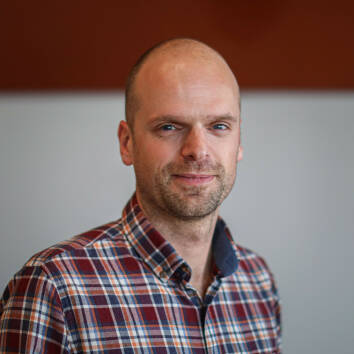
In Brussels, too, we carry out renovation works to ensure a continued smooth traffic flow. The city’s tunnels are its main traffic arteries and through some of them, as many as 600,000 cars pass each day. Most of these tunnels built between 1950 and 1980 are made of reinforced concrete. After years of exposure to traffic, pollution and road salt, several of them needed a thorough renovation around the 2020s. Concrete rot and chloride infiltration had caused the concrete surfaces of the underside of the roof plates to deteriorate. For the renovation of the Annie Cordy, Van Praet, Woluwe, Reyers-Centre, Kunstwet and Leonard tunnels, Jan De Nul was assigned responsibility.

Ensuring smooth mobility in Brussels
And this was not a first. In 2018 and 2019, we performed the exact same operation with the most seaward gate of the lock. The result? The Pierre Vandamme Lock renovated to as good as new and completely adapted to the 21st century. The lock dates back to 1984 and is a crucial access to the inner port of Zeebrugge, which is of great economic importance for Flanders. By renovating the lock and carrying out thorough maintenance works, the accessibility of the port remains once again assured for decades.

In December 2021, an impressive scene played out in the port of Zeebrugge. Our Heavy-Lift Vessel Rambiz replaced the enormous landward gate of the Pierre Vandamme Lock, with a weight of approximately 2,500 tons and with a surface area the quarter of a football field. Re-installed, because one and a half year earlier, we lifted this gate from the lock for a thorough renovation on land at the inner port. With our partners, we removed oysters and silt, replaced several machine parts and installed new technology, such as a compressor, airlift and six agitation screws. We made modifications and improvements to the steel structure, mechanical parts and electrical systems, and finally repainted the door and added anodes to protect it from corrosion.


Keeping the harbour of Zeebrugge accessible
A white page is synonymous with endless possibilities. The construction sector can certainly attest to that. They mean free rein to tailor completely a construction to what it should serve and how it should look. However, today’s energy challenges and climate crisis make this approach no longer justifiable. We should focus more on repurposing and revaluing existing infrastructure than on greenfield projects. This often implies a great deal of creativity, and that’s right up our alley.







